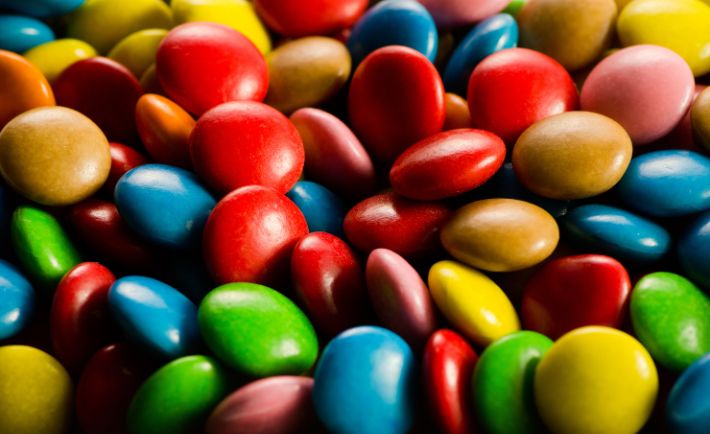
In the distinct and ever changing world that is the food and beverage industry, people put a lot of stock in appearances. A common way that companies achieve visual appeal is through the use of dyes in these products. There are several ways that dyes play a role in the food and beverage industry, from market research to promises in advertising.
Enhancing Product Appeal
The first and most obvious role of dyes in the food and beverage industry is to enhance a product’s visual appeal. Consumers often make purchasing decisions based on the aesthetics of a product. Brightly colored beverages or candy with vivid colors often attract attention and can significantly influence consumer choice.
For example, the use of vibrant red dye in a strawberry-flavored drink immediately signals the flavor to the consumer, creating a sensory expectation even before they even get a chance to taste the product. The right color can evoke emotions and memories, making the product more desirable.
Ensuring Consistency
Another way that dyes play a role in the food and beverage industry is by allowing brands to create a sense of consistency between batches. Consistency is crucial for brand reliability and customer satisfaction. If you’re used to buying a specific brand of orange soda and notice one day that it’s a slightly different color, you may assume something is wrong with it and choose not to pick it up.
Such inconsistencies can lead to consumer distrust and could harm the brand’s reputation. By using precise amounts of dyes, manufacturers can maintain uniformity across different batches, ensuring that the product looks identical every time it reaches the consumer. This consistency helps in building a reliable brand image, which is essential for long-term success.
Meeting Regulatory Requirements
There are a lot of legal regulations in the food and beverage, with stringent guidelines to ensure consumer safety. Using dyes in food products must comply with these regulations, which vary from one region to another. Understanding the structure and properties of dyes allows businesses to know what may or may not fall into acceptable regulations. For instance, the FDA in the United States has a list of approved color additives that can be used in foods, while the European Union has its own set of regulations.
Understanding these regulatory requirements is essential for any business professional in the food and beverage industry. Compliance not only ensures the safety of consumers but also protects the company from potential legal issues. Businesses need to stay updated on these regulations to ensure that their products are both safe and legally compliant.
Incorporating dyes into food and beverage products is more than just a matter of aesthetics. From ensuring consistency in appearance to creating visually appealing treats, dyes contribute significantly to the overall consumer experience. While their use is subject to strict regulations to protect public health, the careful and responsible application of dyes continues to be an essential component of modern food production.




